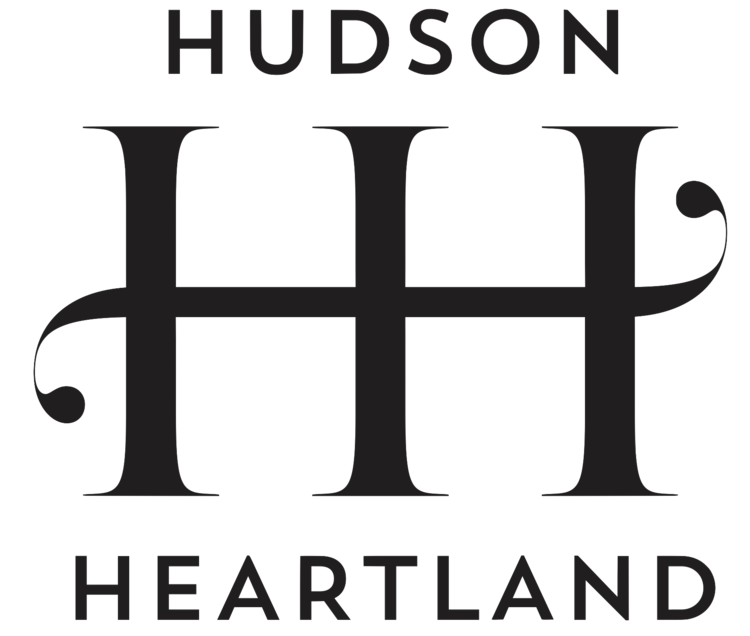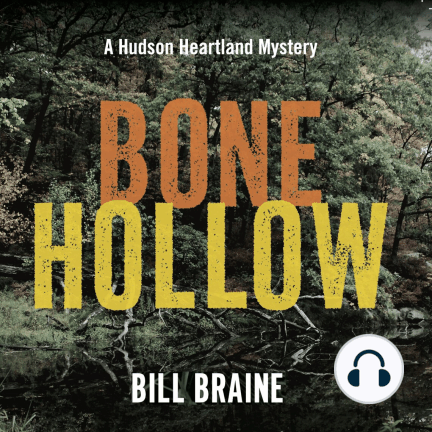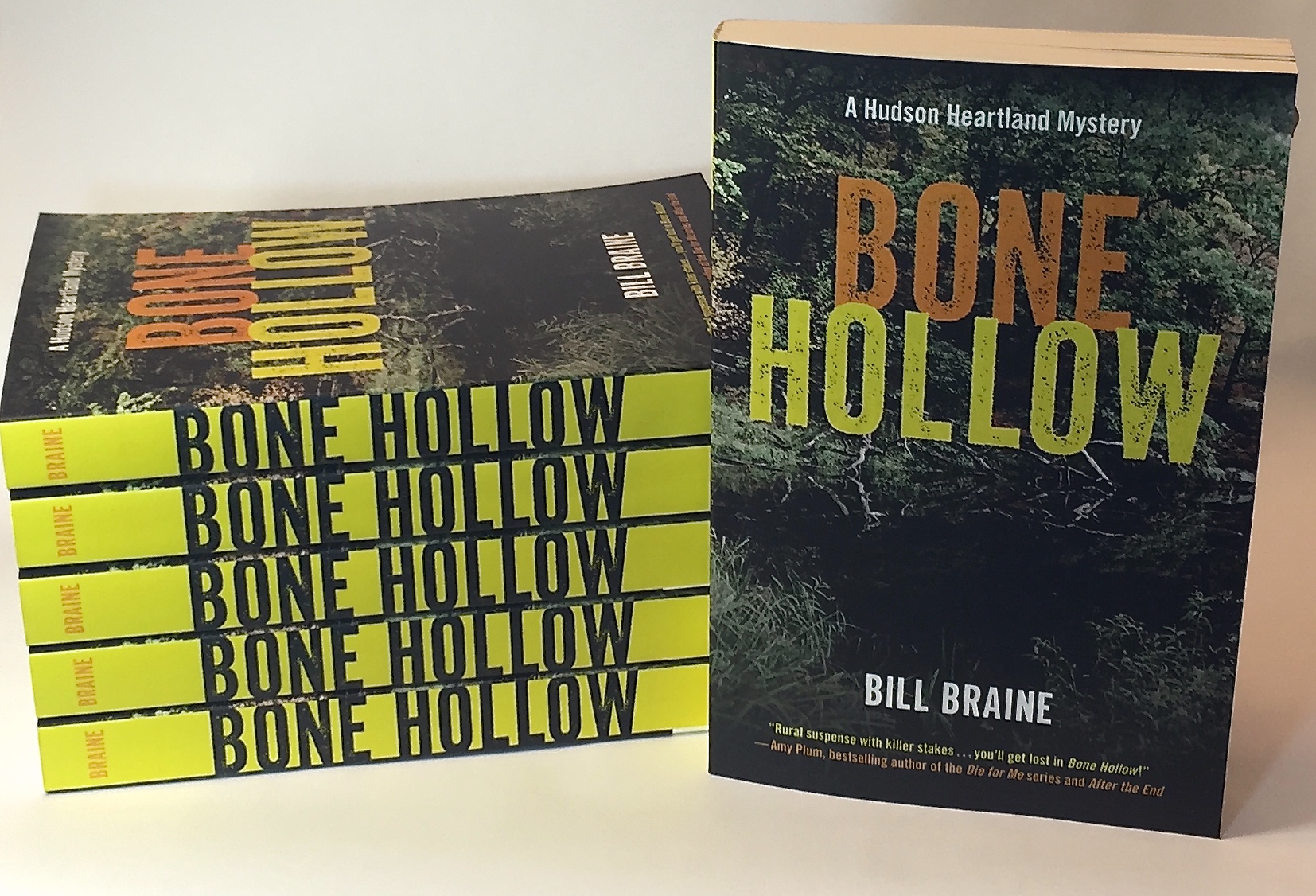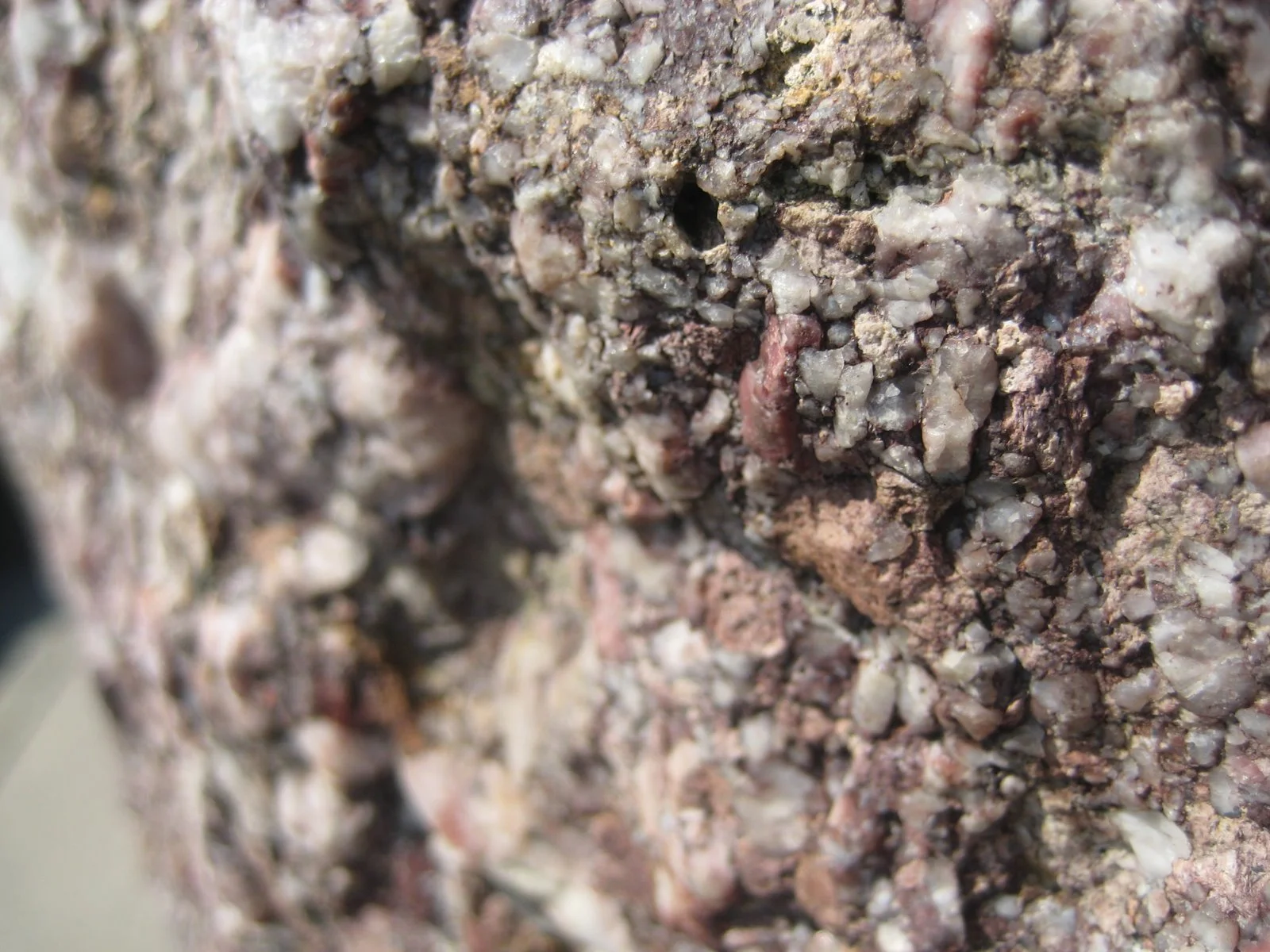Hello, Hudson Heartland pals. It’s that time of year, when we create a blog post, usually to do with local shopping. It goes like this: Hudson Heartland is happy to present a Holiday Shopping Guide featuring items that are sourced (or branded) from within Orange, Sullivan and Ulster counties (with some peripheral overlap, maybe, and a little Dutchess), available for online orders (or a quick phone call), and available to ship. It’s regional online shopping. Let’s go:
A pair of Prosecco glasses from Malfatti Glass, Beacon.
Upstate Washed Twill Hat from Hamilton & Adams, Kingston. By the fire earlier we were discussing the Hamilton & Adams “Upstate & chill” line of clothing and housewares, and your author was kind of sniffing (firmly rooted in the “upstate starts at Poughkeepsie” school) at the questionableness of seeing these items as far south as Cornwall. THAT SAID, this Kingston concern is right in line with the Hudson Heartland ethos and we salute them. Buy a hat.
A custom-filled gift basket from Jones Farm, Cornwall. Call the number, consult with the Clearwaters, and send your basket to someone who loves the Hudson Valley (or someone whom you want to love the Hudson Valley).
Perennial favorite: a New York Pizza from Prima, shipped anywhere. “Call 800-22-NY-PIE and we will ship your fresh, never frozen, NY pizza overnight!”
The Elsie Dress, from Mod. Nice.
Over on Etsy they’re selling a Rosendale 1853 Old Town Map reprint that looks pretty sweet. If your municipal affiliations run to other towns, there’s more.
A DVD, sold by the Hudson River Sloop Clearwater, of the legendary concert to celebrate the legendary Pete Seeger’s 90th birthday in 2009 (that’s before some of you were born!). “Bruce Springsteen, John Mellencamp, Arlo Guthrie, Joan Baez, Kris Kristofferson, Richie Havens, Roger McGuinn, Ani DiFranco, Taj Mahal, Ben Harper, Dave Matthews, and many others who performed songs inspired by Seeger’s music and activism.” Read more about the show, and more about Pete.
The 2019 show poster for Nelly, TLC & Flo Rida at Bethel Woods. Setlist is here.
The novel Bone Hollow, by Bill Braine. I mean, of course.



















